In the midst of tumultuous and uncertain economic times, hundreds of Connecticut’s leading investment and financial professionals will be gathering on Tuesday, Jan. 22 in Hartford to delve into the financial outlook for 2019 with one of the nation’s most respected economists, get an inside look at the state’s cybersecurity efforts to protect the integrity of the election process, and connect with industry peers from throughout the region.
More than 400 professionals - CFA® members, investment professionals, personal investors, key decision-makers and college students - are expected. They will hear from keynote speaker Brian Wesbury, Chief Economist of First Trust Advisors L.P., at the 2019 Annual Forecast Dinner hosted by CFA Society Hartford, the local chapter of the CFA Institute. Connecticut Secretary of the State Denise Merrill will offer comments on the future of voting security with “Election Cybersecurity: A Wake Up Call”. It is the organization’s premier networking event of the year, being held at the Connecticut Convention Center.
The Hartford chapter is one of 151 local member societies of the CFA Institute, a worldwide organization and a respected source of knowledge in the global financial community. Hartford, with a long history of prominence in financial services – has one of the international organization’s oldest chapters, dating back to 1952. It is also one of the largest chapters outside of a major metropolitan area, with more than 700 members working in over 175 investment organizations, serving the Hartford and Springfield, MA region. There is another Connecticut chapter based in Stamford.
The CFA Institute is a global non-profit organization of investment professionals that distinguish themselves through their commitment to their clients and to the highest ethical and investment standards. The Chartered Financial Analyst® designation, which has been described as the “industry gold standard,” requires passing one of the most rigorous series of exams in the financial industry to earn the credential. Fewer than one in five candidates become CFA® charterholders.
 “We strive to help advisers understand and anticipate stock market and economic changes to be able to provide the best guidance for their clients,” said Juliana Dalton, CFA, president of CFA Society Hartford. Members include CFA® charterholders employed by leading financial services companies and those who are private wealth managers. While many have been in the field for decades – providing much-needed expertise to a range of clients, particularly in turbulent economic times – CFA Society Hartford also continues to reach out to young professionals, as well as college students considering careers in the financial services industry.
“We strive to help advisers understand and anticipate stock market and economic changes to be able to provide the best guidance for their clients,” said Juliana Dalton, CFA, president of CFA Society Hartford. Members include CFA® charterholders employed by leading financial services companies and those who are private wealth managers. While many have been in the field for decades – providing much-needed expertise to a range of clients, particularly in turbulent economic times – CFA Society Hartford also continues to reach out to young professionals, as well as college students considering careers in the financial services industry.
In addition to the formal speaking program at the annual event, attendees can learn how the demanding CFA® Program provides a strong foundation of advanced investment analysis and real-world portfolio management skills that will provide a career advantage. Successful candidates for the CFA® designation take an average of four years to complete the program, which includes passing three exams sequentially and accumulating 48 months of approved work experience. Each exam level generally requires six months of preparation.
Dalton, Senior Vice President and Senior Credit Risk Manager at Webster Bank, analyzes credit risk across the organization. She will provide introductory remarks on Tuesday, and CFA Society Hartford Past-President Ray Bovich will introduce the keynote speaker as he shares “The Real News About the U.S. Economy”.
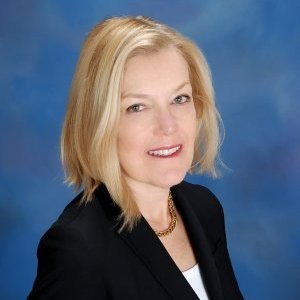 “For the past nine years, analysts have predicted apocalypse for the U.S. economy around every corner, but the strong market and economic recovery are both the longest ever,” commented Dalton. The program will look ahead at what might be next.
“For the past nine years, analysts have predicted apocalypse for the U.S. economy around every corner, but the strong market and economic recovery are both the longest ever,” commented Dalton. The program will look ahead at what might be next.
For young members of the profession, applying technology to financial analysis can be particularly attractive. “Technology is all to the benefit,” Dalton explained, “as it helps to provide numbers-based and fact-based analysis. But people skills never go away.” She noted that even with advancing technology – which is integrated throughout the industry – every client’s investment priorities differ, calling for a mix of people skills and technological know-how by CFA® charterholders.
The CFA Society Hartford chapter, in an effort to interest college students, has been running an annual Research Challenge for the past six years in conjunction with local colleges including the University of Connecticut and Trinity College. Teams of college students analyze a particular company, and present a written report that is judged by local professionals. The top three teams go on to make an oral presentation before industry practitioners, and the winning team has an opportunity to advance to national and international competition. The program has grown in popularity, and although it is quite rigorous, is seen as an excellent educational opportunity and hands-on glimpse into the field. The 2018/2019 competition finals will be held next month.
 The forecast dinner’s lead speakers will also provide insight. Brian Wesbury is Chief Economist at First Trust Advisors L.P., a financial services firm based in Wheaton, Illinois. He has been a member of the Academic Advisory Council of the Federal Reserve Bank of Chicago since 1999. In 2012, he was named a Fellow of the George W. Bush Presidential Center. In 1995 and 1996, he served as Chief Economist for the Joint Economic Committee of the U.S. Congress, and has been ranked by the Wall Street Journal as the nation’s #1 U.S. economic forecaster (2001), and by USA Today as one of the nation’s top 10 forecasters (2004). Denise Merrill was re-elected in 2018 to her third term as Secretary of the State of Connecticut, and is past president of the National Association of Secretaries of the State. She previously served in the Connecticut House of Representatives. Her office oversees elections and business data, among its responsibilities.
The forecast dinner’s lead speakers will also provide insight. Brian Wesbury is Chief Economist at First Trust Advisors L.P., a financial services firm based in Wheaton, Illinois. He has been a member of the Academic Advisory Council of the Federal Reserve Bank of Chicago since 1999. In 2012, he was named a Fellow of the George W. Bush Presidential Center. In 1995 and 1996, he served as Chief Economist for the Joint Economic Committee of the U.S. Congress, and has been ranked by the Wall Street Journal as the nation’s #1 U.S. economic forecaster (2001), and by USA Today as one of the nation’s top 10 forecasters (2004). Denise Merrill was re-elected in 2018 to her third term as Secretary of the State of Connecticut, and is past president of the National Association of Secretaries of the State. She previously served in the Connecticut House of Representatives. Her office oversees elections and business data, among its responsibilities.
For more information about the Hartford chapter, visit www.hartfordcfa.org. Gold Sponsors for the event include Hartford Investment Management Company (HIMCO), Virtus Investment Partners, Voya Investment Management, and INVESCO. Individual seats are $110 for CFA® Society Hartford members and $145 for non-members. There are more than 150,000 CFA® charter holders worldwide in 165+ countries and regions. CFA® and Chartered Financial Analyst® are registered trademarks owned by the CFA Institute.

 oincidentally, the telecasts are coordinated not in the U.K., but in Stamford, Connecticut, at the massive NBC facility there, which also serves as the command center for NBC’s Olympic coverage. Approximately 60 work on each match day at NBC Sports’ headquarters, located at 1 Blachley Road on the city’s East Side, the Stamford Advocate reported last summer, just prior to the current season. On NBCSports.com and the NBC Sports app, a record 4 million unique viewers watched during the past season, the Advocate reported.
oincidentally, the telecasts are coordinated not in the U.K., but in Stamford, Connecticut, at the massive NBC facility there, which also serves as the command center for NBC’s Olympic coverage. Approximately 60 work on each match day at NBC Sports’ headquarters, located at 1 Blachley Road on the city’s East Side, the Stamford Advocate reported last summer, just prior to the current season. On NBCSports.com and the NBC Sports app, a record 4 million unique viewers watched during the past season, the Advocate reported.

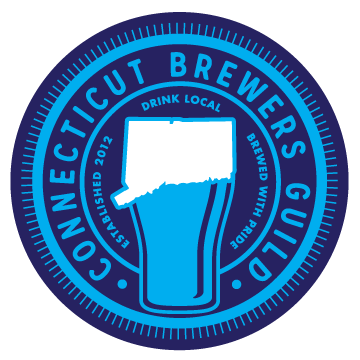 “In 2012, when the
“In 2012, when the 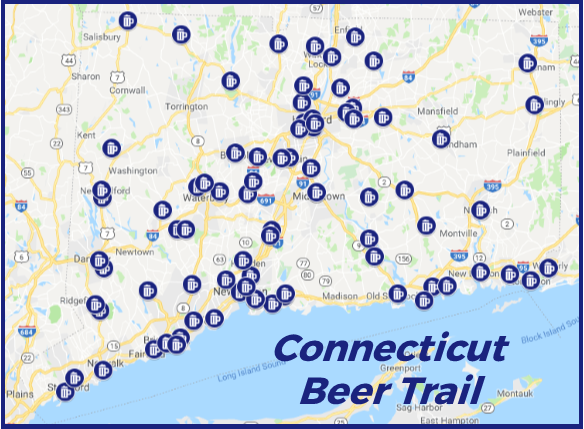
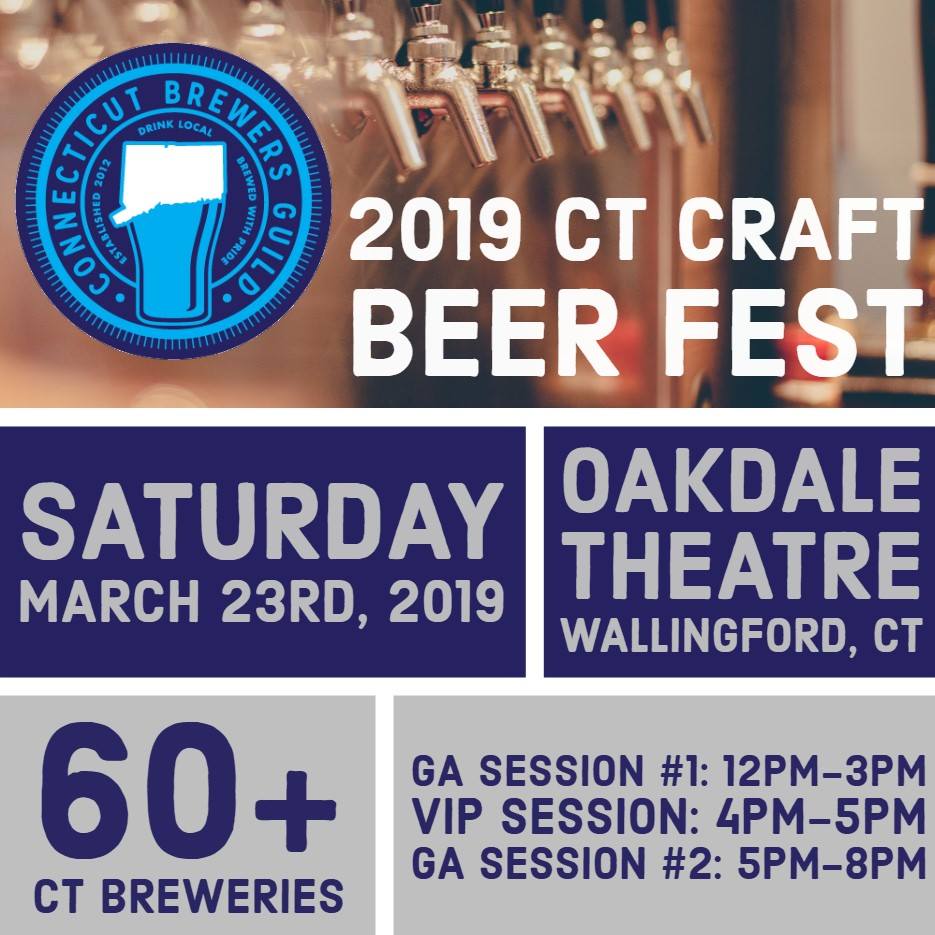
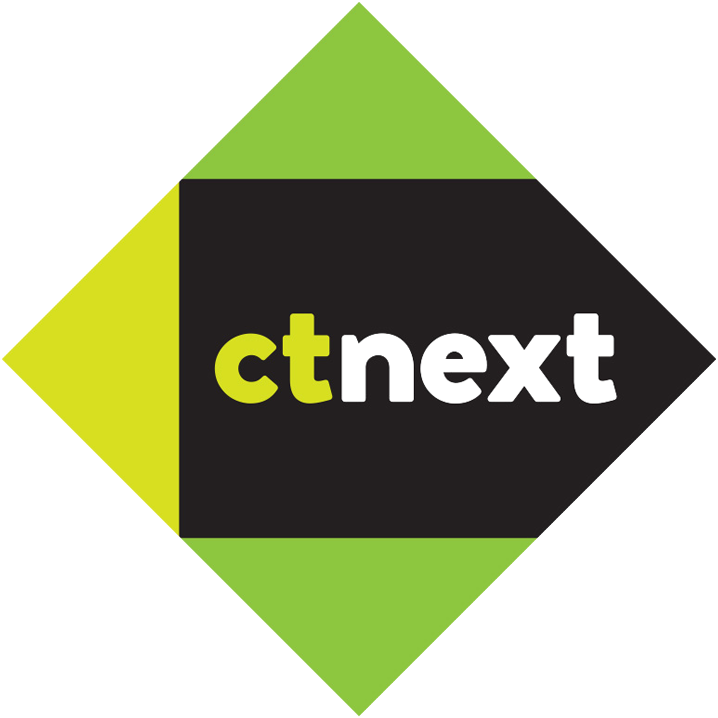
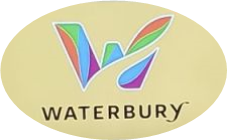 In December, the firm
In December, the firm 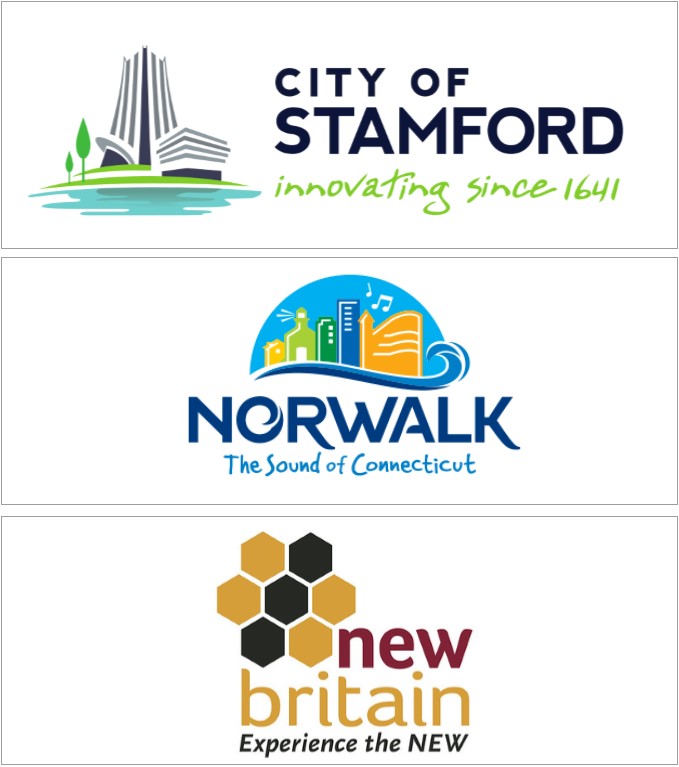 In recent years, Stamford, Norwalk and New Britain are among the Connecticut communities that have undertaken re-branding efforts, including rolling out new logos for the municipalities. New Britain took
In recent years, Stamford, Norwalk and New Britain are among the Connecticut communities that have undertaken re-branding efforts, including rolling out new logos for the municipalities. New Britain took 
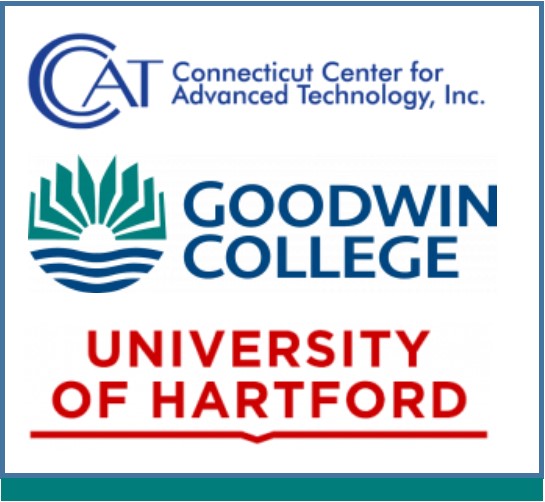
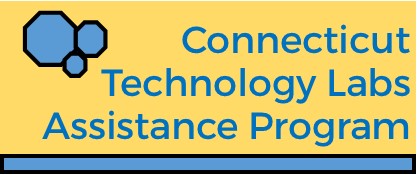 CCAT and the University of Hartford have a long history of working together developing programs, obtaining grant funding, sharing equipment and facilities, and ensuring that students have interesting research projects as well as hands-on learning opportunities through internships and experiential education. This is the latest program collaboration.
CCAT and the University of Hartford have a long history of working together developing programs, obtaining grant funding, sharing equipment and facilities, and ensuring that students have interesting research projects as well as hands-on learning opportunities through internships and experiential education. This is the latest program collaboration.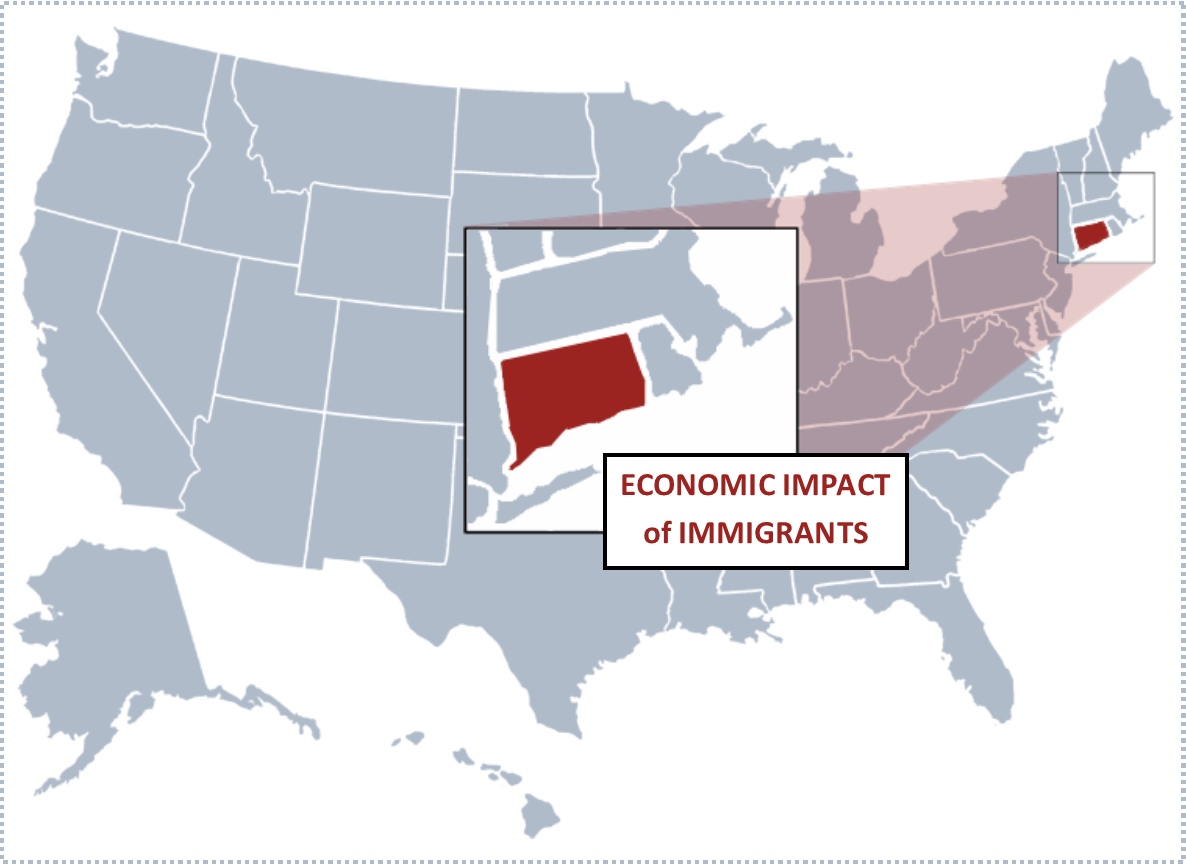
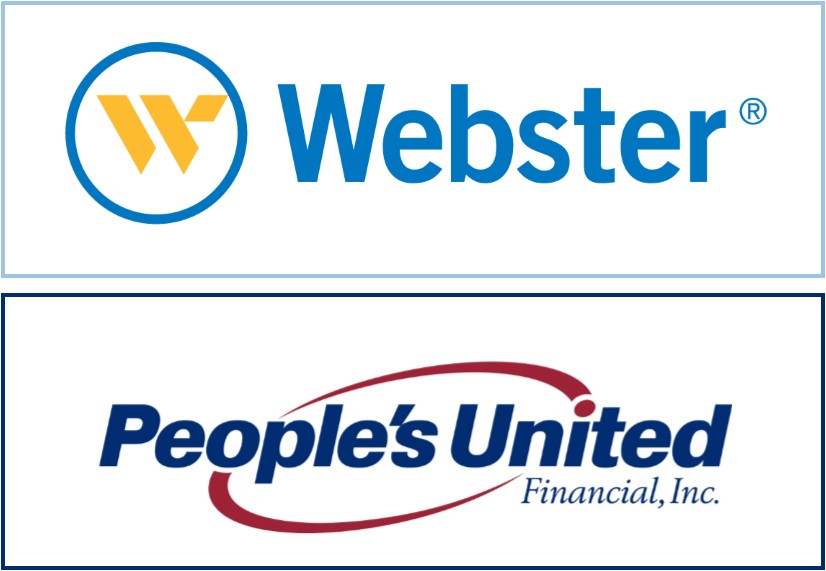
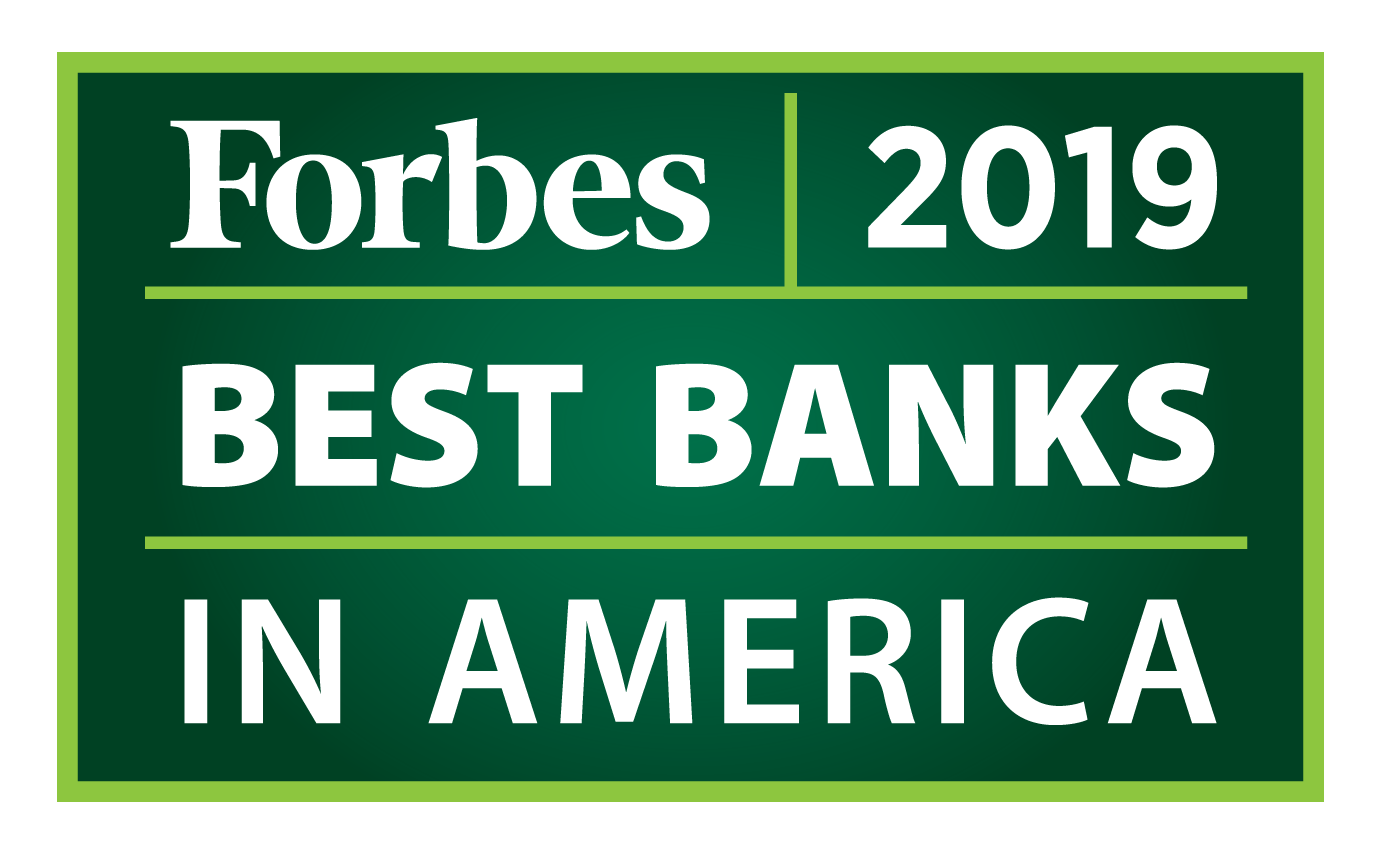 The Forbes reported noted that there were zero bank failures last year for the first time since 2006. There are more than 5,000 banks and savings institutions in the U.S., but assets are concentrated at the top. The 100 largest have $13.8 trillion in assets, representing 78% of total U.S. bank assets, the publication reported.
The Forbes reported noted that there were zero bank failures last year for the first time since 2006. There are more than 5,000 banks and savings institutions in the U.S., but assets are concentrated at the top. The 100 largest have $13.8 trillion in assets, representing 78% of total U.S. bank assets, the publication reported.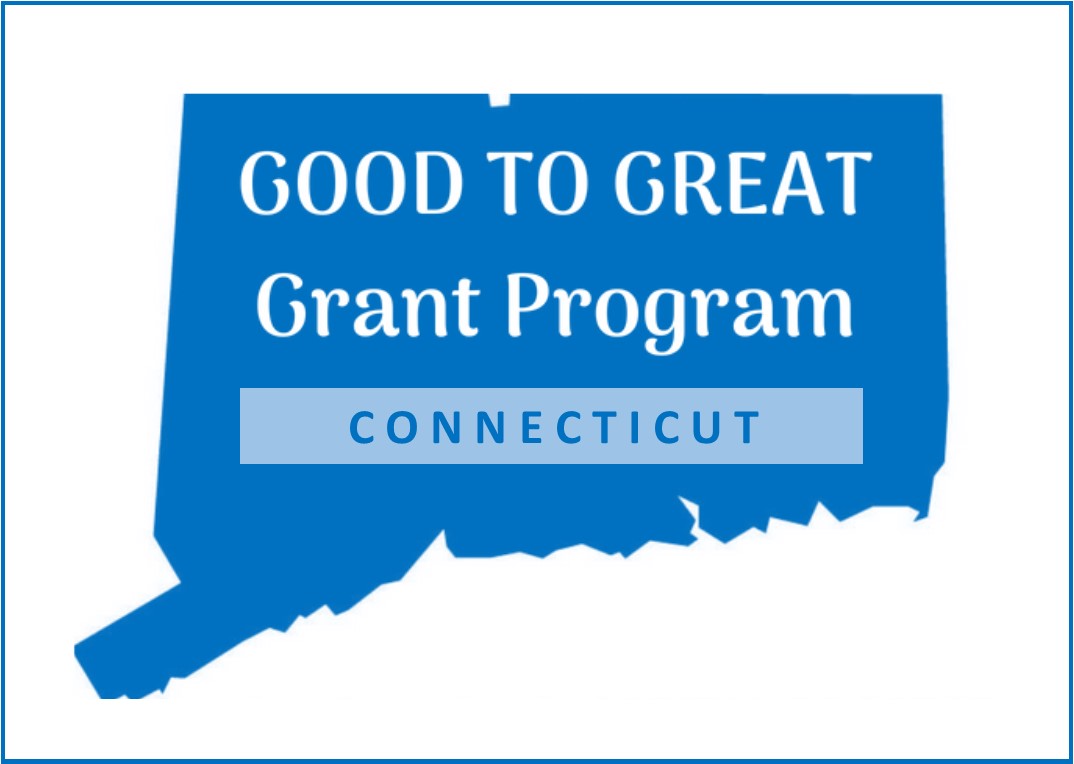
 The just under-the-wire recipients:
The just under-the-wire recipients: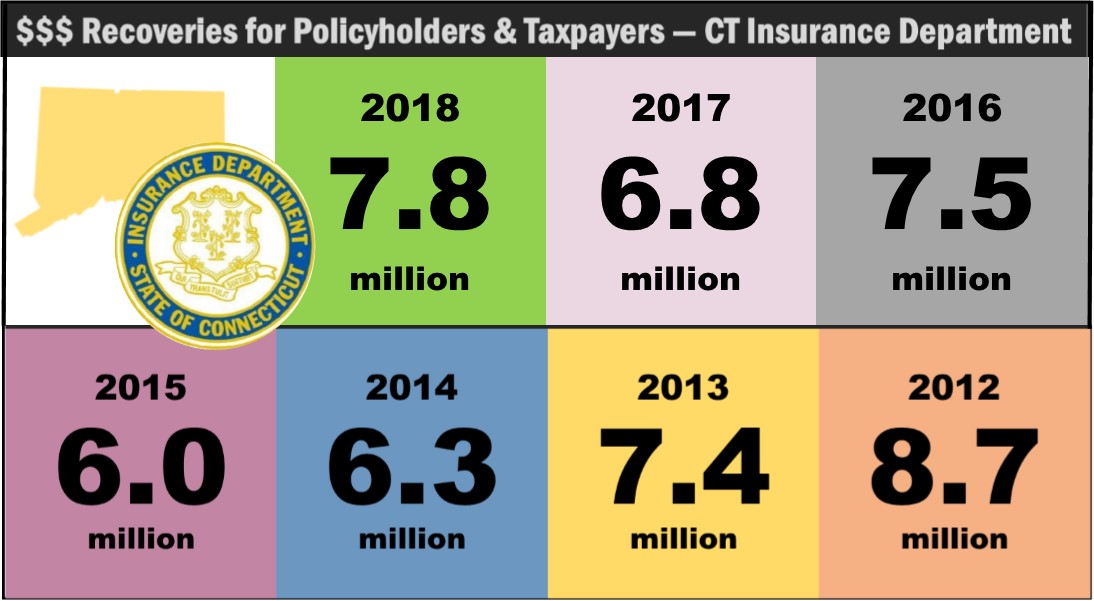

 “We strive to help advisers understand and anticipate stock market and economic changes to be able to provide the best guidance for their clients,” said Juliana Dalton, CFA, president of CFA Society Hartford. Members include CFA® charterholders employed by leading financial services companies and those who are private wealth managers. While many have been in the field for decades – providing much-needed expertise to a range of clients, particularly in turbulent economic times – CFA Society Hartford also continues to reach out to young professionals, as well as college students considering careers in the financial services industry.
“We strive to help advisers understand and anticipate stock market and economic changes to be able to provide the best guidance for their clients,” said Juliana Dalton, CFA, president of CFA Society Hartford. Members include CFA® charterholders employed by leading financial services companies and those who are private wealth managers. While many have been in the field for decades – providing much-needed expertise to a range of clients, particularly in turbulent economic times – CFA Society Hartford also continues to reach out to young professionals, as well as college students considering careers in the financial services industry. “For the past nine years, analysts have predicted apocalypse for the U.S. economy around every corner, but the strong market and economic recovery are both the longest ever,” commented Dalton. The program will look ahead at what might be next.
“For the past nine years, analysts have predicted apocalypse for the U.S. economy around every corner, but the strong market and economic recovery are both the longest ever,” commented Dalton. The program will look ahead at what might be next. The forecast dinner’s lead speakers will also provide insight. Brian Wesbury is Chief Economist at First Trust Advisors L.P., a financial services firm based in Wheaton, Illinois. He has been a member of the Academic Advisory Council of the Federal Reserve Bank of Chicago since 1999. In 2012, he was named a Fellow of the George W. Bush Presidential Center. In 1995 and 1996, he served as Chief Economist for the Joint Economic Committee of the U.S. Congress, and has been ranked by the Wall Street Journal as the nation’s #1 U.S. economic forecaster (2001), and by USA Today as one of the nation’s top 10 forecasters (2004). Denise Merrill was re-elected in 2018 to her third term as Secretary of the State of Connecticut, and is past president of the National Association of Secretaries of the State. She previously served in the Connecticut House of Representatives. Her office oversees elections and business data, among its responsibilities.
The forecast dinner’s lead speakers will also provide insight. Brian Wesbury is Chief Economist at First Trust Advisors L.P., a financial services firm based in Wheaton, Illinois. He has been a member of the Academic Advisory Council of the Federal Reserve Bank of Chicago since 1999. In 2012, he was named a Fellow of the George W. Bush Presidential Center. In 1995 and 1996, he served as Chief Economist for the Joint Economic Committee of the U.S. Congress, and has been ranked by the Wall Street Journal as the nation’s #1 U.S. economic forecaster (2001), and by USA Today as one of the nation’s top 10 forecasters (2004). Denise Merrill was re-elected in 2018 to her third term as Secretary of the State of Connecticut, and is past president of the National Association of Secretaries of the State. She previously served in the Connecticut House of Representatives. Her office oversees elections and business data, among its responsibilities.



























